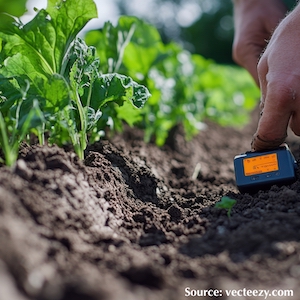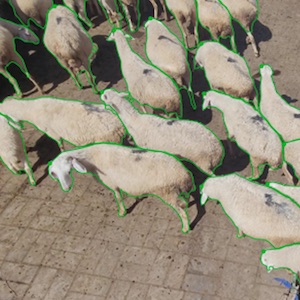Original Articles
Vol. 44 No. 3 (2013)
A survey of Italian compost dairy barns

Publisher's note
All claims expressed in this article are solely those of the authors and do not necessarily represent those of their affiliated organizations, or those of the publisher, the editors and the reviewers. Any product that may be evaluated in this article or claim that may be made by its manufacturer is not guaranteed or endorsed by the publisher.
All claims expressed in this article are solely those of the authors and do not necessarily represent those of their affiliated organizations, or those of the publisher, the editors and the reviewers. Any product that may be evaluated in this article or claim that may be made by its manufacturer is not guaranteed or endorsed by the publisher.
Received: 30 September 2013
Accepted: 20 November 2013
Accepted: 20 November 2013
5994
Views
1567
Downloads
1191
HTML










